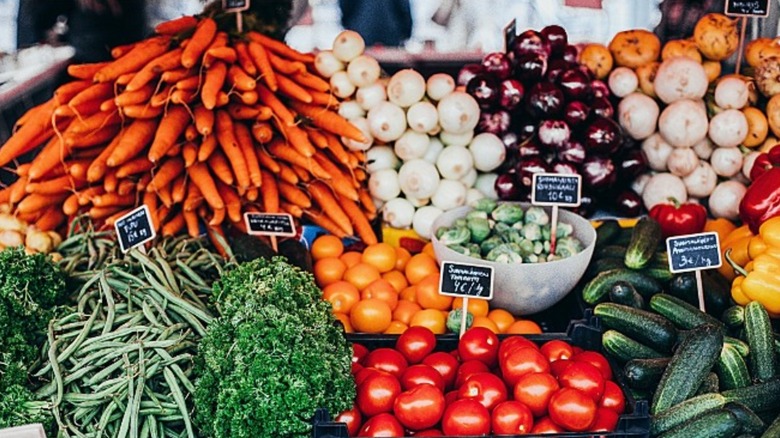A Whole Foods Manager's Grocery Tips Will Change How You Shop
Grocery and Whole Foods shopping can be a debacle. Not only for those family grocery trips that resemble a three-ring circus – touring the isles of Walmart and leaving confusion in their wake – but also for the individual planning their monthly menus.
There are recurring dilemmas like buying unnecessary or undesirable foods, not getting the best out of shopping trips, breaking the budget, and that dreaded "buyer's remorse" when you get back home. These are issues that spoil what should be a gratifying experience and can be avoided.
The key to an efficient and rewarding shopping experience is organization (and the knowledge of a grocery store manager). Some of the best ways to organize your shopping trip are by shopping for each food group in one go and organizing your shopping list according to your store.
According to Statista, the average amount of time spent doing groceries is 1.6 times a week. This statistic takes into account periods of 25 minutes at a time (via The Association for Consumer Research). Be that as it may, we know that there are many shoppers out there who take longer.
Group your food together
When you group your food together, it will change your shopping experience. After all, the grocery store's products are in groups; if the items on your shopping list are organized accordingly, you will be inclined to put them in your cart in the same manner.
According to the Mayo Clinic, the items that you find on the perimeter of the store tend to be healthier and free of unhealthy additives. Not only should you start here but you should also do most of your shopping along the circumference of the grocery store. Your last port of call before you get to the checkout counter should be the meat and dairy section. The reason for this is that every moment spent out of a chilled environment shortens their lifespans.
When you get to the cashier, the same organization will occur from the shopping cart into the shopping bags. The result here is time saved and decreased stress up to the point when you unload your car at home.
Your grocery shopping list
It is important to always shop with a list. If grocery shopping is a planned journey, then the shopping list is your map. The beauty of it all is that you design it yourself!
If you know your local store and can more or less picture where all the different products are, plan your list accordingly. Some Whole Foods shoppers will make a bee-line to a specific part of the store because of their priorities or the demand for a certain product versus the supply. Needless to say, this burns time. To combat this, create an itinerary and stick to it. Eventually, it will become second nature.
You can compose your shopping list according to the way you shop or the other way around. The latter is most preferable because when you draw up your shopping list you are away from the glitzy marketing seductions that undermine your grocery shopping plans. The reason for this is so you don't waste money. Not only does a list remind you of what to buy but also of what you don't need. This is why you should adhere to it as strictly as possible.
Oh, and pro tip: Never draw up a list or go shopping on a hungry stomach.


